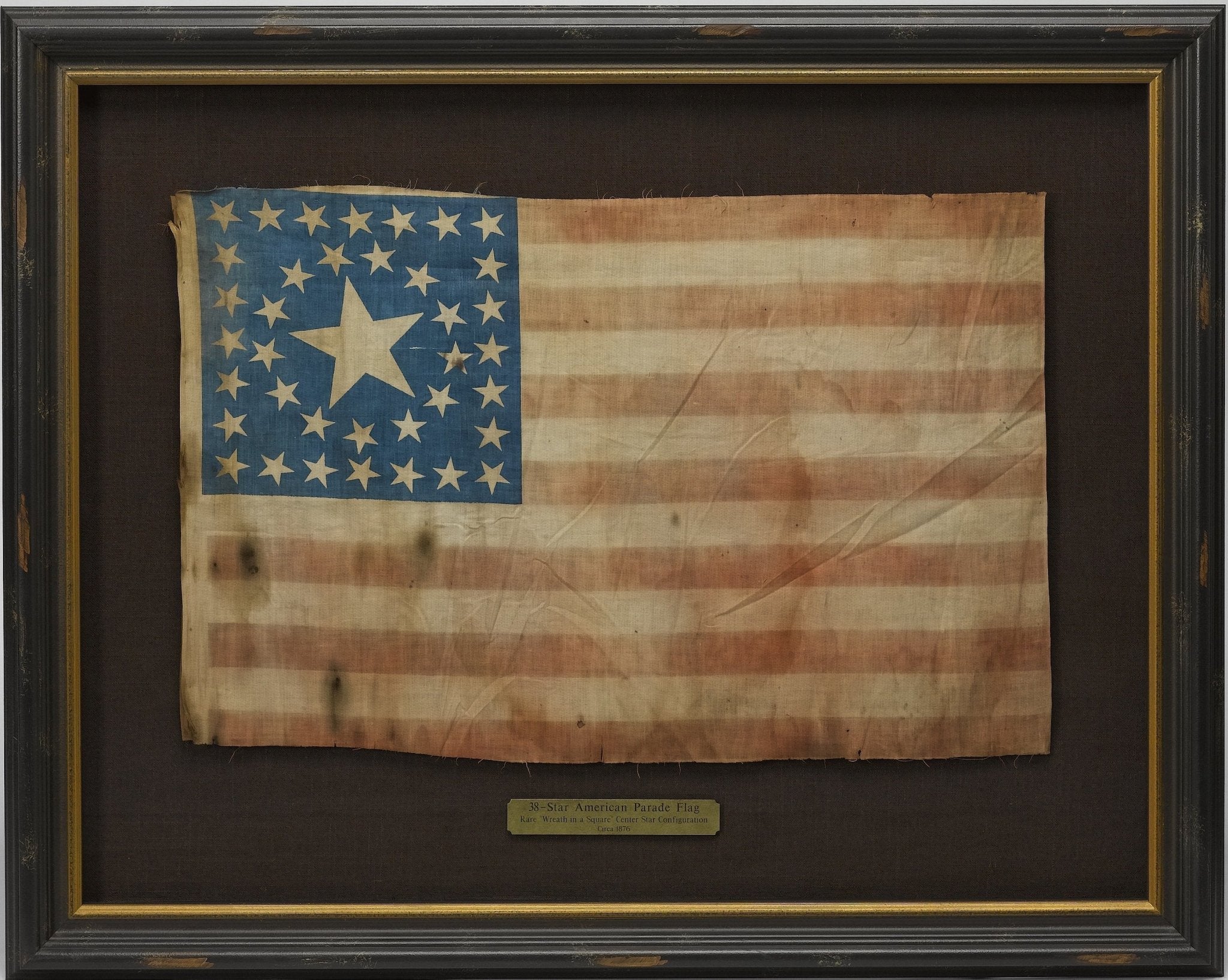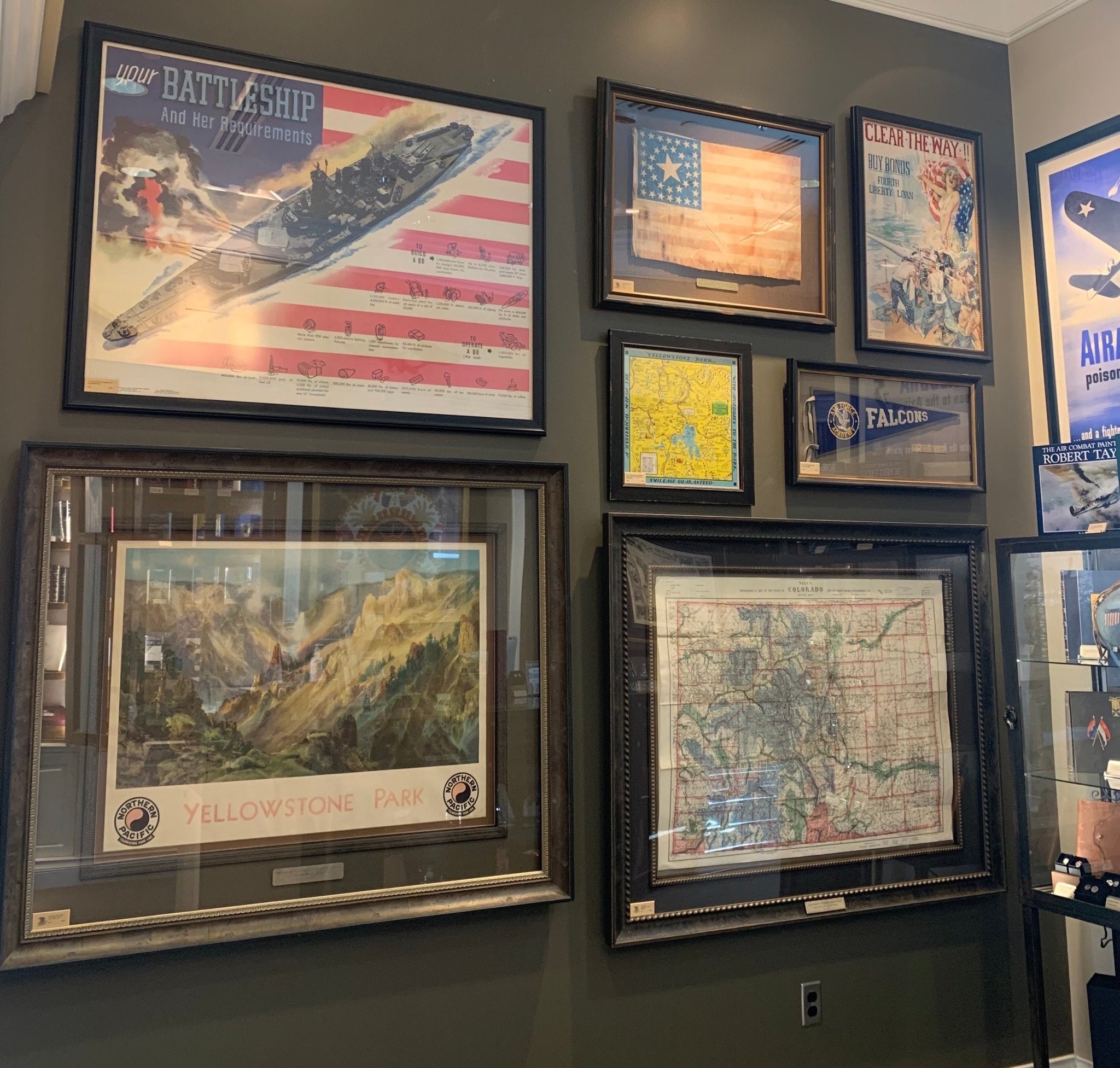Lost Wax Bronze Casting
Many of the bronzes in our collection were created using a method of lost wax casting. The lost wax method, called cire-perdue, dates to the 3rd millennium BC, and has sustained few changes since then. Although the method is over 6,000 years old, the lost wax method had a resurgence among European sculptors in the 1860s and in the United States in the early 1900s. Artists like Frederic Remington and Jules Moigniez mastered the technique and their methods served as inspiration for later 20th century artists like Max Turner and Roy Harris.
Lost-wax casting starts by creating a sacrificial wax sculpture. Artists use wax because it is buildable, soft enough to carve fine details, yet hard enough to retain its shape. Most importantly, wax has a low melting point. The artist then builds a clay or gelatin mold around the wax sculpture. After the mold investment is set, the entire assemblage is fired. This causes the original wax carving to melt away, leaving a cavity within the baked gelatin or clay shell. This cavity is where the molten metal is poured. Once cooled, the poured metal solidifies into a sculpture, is removed from the mold, and is then cleaned, sanded, and finished with various patinas.

Prior to the 1860s, most bronzes were produced using the French sand-casting method. This method, through which a sculpture is produced using a firm sand mold, was simpler than the ancient process of lost-wax casting. While sand-casting was efficient for the production of utilitarian objects, it lacked the ability to fine tune the models during the production process, therefore offering less experimentation.
Lost wax casting allows the artist to make quick changes and fine-tune the wax model before each pour. Western artist Frederic Remington took advantage of this opportunity for experimentation, and often visited the foundry that produced his casts at this stage. Lost wax casting also offers more precise replication of textural detail and the ability to cast works in single pieces rather than small parts that have to be assembled into a whole.
While the act of modeling the wax sculpture was the direct creative expression of the artist, the final bronze was the shared responsibility of both the sculptor and their foundry. The foundry’s mold makers, casters, chasers, and patineurs ran the process and helped make decisions regarding surface color, texture, and limits of scale. Some of the best bronzes were the tangible products of symbiotic collaborations between a sculptor and his or her foundry.
The first foundry with which Frederic Remington worked was the Henry-Bonnard Bronze Company in New York. Starting in 1895, Henry-Bonnard Bronze Company cast four of his bronze sculptures, all using the sand-casting method. They were The Broncho Buster, The Wounded Bunkie, The Wicked Pony, and The Scalp. In 1900, Remington began working exclusively with the Roman Bronze Works in New York. Roman Bronze Works was the first American foundry devoted solely to the lost-wax bronze casting process. Together, they produced the rest of Remington’s bronzes and pushed the technical limits of the sculptural medium.

Intensely dedicated to the process of casting, French artist Jules Moigniez and his father actually decided to establish their own foundry in 1857, solely for the purpose of having complete control at every step, as well as the financial freedom to experiment. They created bronzes with unusual and unique finishes, producing bronzes with gilded, silver, and multi-color chemical patinas. Most of his works were cast using the lost-wax method and were always chiseled and chased with great skill and care.
The popularity of bronze statuettes as an affordable domestic ornament in the late 19th and early 20th century was fueled in part by the proliferation of bronze foundries and the ability to cast multiples. These commercial bronzes were often replicated in large editions, ranging from at least thirty casts to an astounding 154 casts of Remington‘s iconic Broncho Buster. As a means of expressing the artistic individuality of each bronze within an edition, some sculptors of this period experimented with additional surface finishing and colored chemical patinas, ranging from more conventional black and brown to more innovative highlights of red, yellow, gold, blue, and green.
After several decades of explosive growth and success, the progress of the fine-art bronze casting industry was brought to a halt by World War II, when the metal and the foundries were needed for the war effort.






